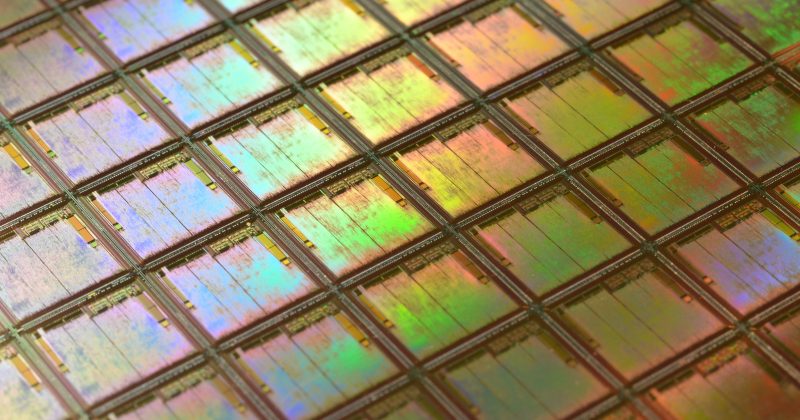Brussels, Belgium, August 8, 2023 — BelGaN, a leading GaN (Gallium Nitride) automotive semiconductor foundry in Europe, launches its 1st Generation 650V eGaN technology into production. Our Gen1 technology is expected to perform at par with world’s leading GaN foundries and IDMs, especially for high energy-efficient soft switch applications. This is a significant milestone achieved only one year after BelGaN completed the acquisition of the onsemi Fab.
BelGaN is building the foundation for the “GaN ValleyTM”, a growing and innovative ecosystem for GaN-based chips and power electronics with applications in Electrical Vehicle, Mobile, Industrial, Data Center and renewable energy markets in Europe and beyond. This is well aligned with the European ambition for greater chip autonomy (European Chips Act) and a carbon-neutral society (Green Deal).
Only a few months after its inception by BelGaN, the GaN ValleyTM ecosystem already counts over 40 member companies and institutions along the value chain of the GaN industry in Europe.

“Getting GaN into production is the first leap to realize our vision to build the GaN ValleyTM”, said Rob Willems, General Manager & VP Operations, BelGaN “While others took several years to bring GaN process and technology to manufacturing, we are able to do it in record one year leveraging more than 200 man-years of GaN technology development expertise with over 30 years of high-volume automotive production experiences”.
The BelGaN team and Fab started as MIETEC in 1983, it was acquired by Alcatel then AMIS, sold to onsemi in 2008, it started GaN development in 2009 and it has been building expertise in production of automotive semiconductors for more than 30 years. The site in Oudenaarde is currently transforming from a Silicon site to a GaN site. This will give an innovation-driven growth boost to the region and provide short- and long-term employment opportunities in Belgium with multiple career opportunities in R&D, operations, and various service departments.

“These are exciting times for BelGaN and the GaN community” said Dr.Marnix Tack, CTO and VP Business Development, BelGaN “our Gen1 650V emode GaN technology is our entry platform in the market, targeting high energy-efficient soft switch applications, with a performance at par with industry leaders. It serves as the baseline for our Gen2 and Gen3 platforms that are currently under development for release later this year and early next year.”
BelGaN and GaN ValleyTM are driven by energy and climate mega-trends on increased electrification for higher sustainability and carbon neutrality (solar- and wind-energy, electric cars etc.), at affordable energy costs. E.g., according to industry experts, every GaN device shipped would save 4kg CO2.
About BelGaN (www.belgan.com):
BelGaN’s vision is to become a leading 6 inch and 8 inch GaN Foundry in Belgium, at the heart of Europe, developing GaN technologies and manufacturing GaN products. Going forward an extensive and rich roadmap of new GaN technologies including Gen2, Gen3, V-GaN,GaN-IC, will be developed and qualified for the high demands of the automotive market, amongst others.

About GaN ValleyTM(www.ganvalley.org):
GaN ValleyTM targets a growing industry for electronic systems in which energy supply and usage of electrical energy will become increasingly more efficient (less energy waste), smaller, lighter, and lower cost compared to its Silicon counterpart. Since its launch in April, already over 40 companies and institutions in Europe joined and are supporting these initiatives.

Media Contact:
Marleen Polet
E: Marleen.Polet@belgan.com
Investor Contact:
Kapple Wang
E: Kapple.Wang@belgan.com


